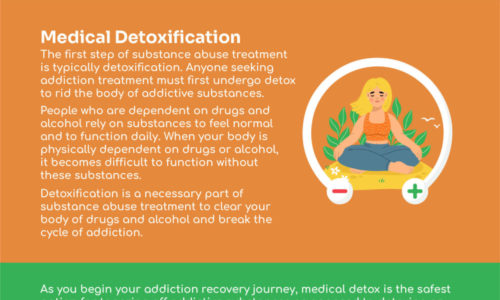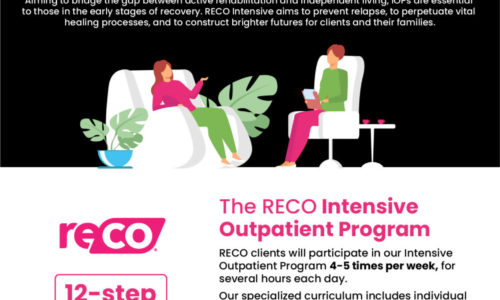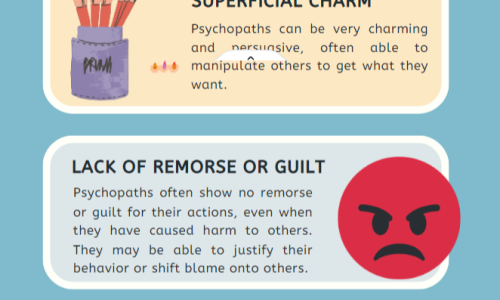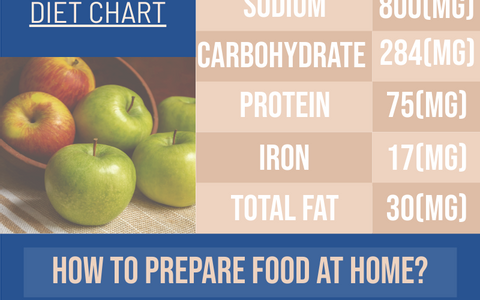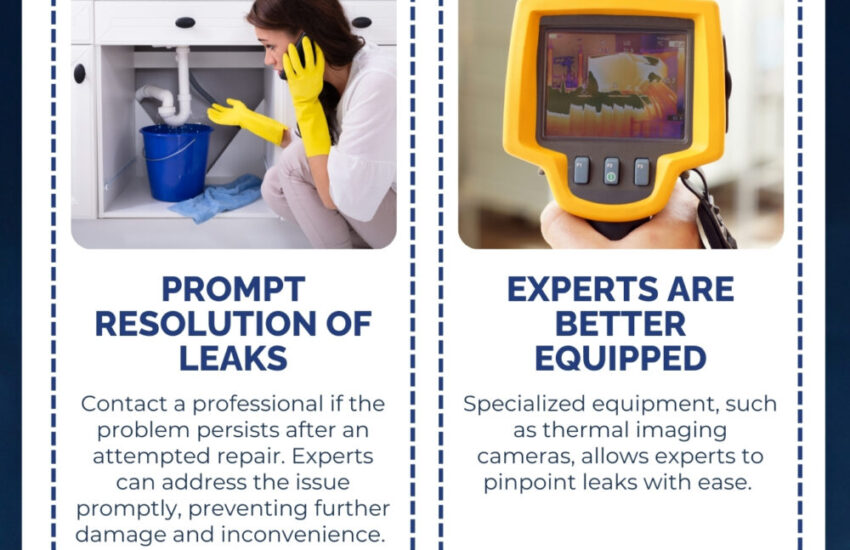More than your frames, your lenses will determine how happy you will be with your eyeglasses.
Buying eyeglass lenses is not an easy task. In fact, there are so many choices for lenses and coatings, it’s easy to be confused about what’s worth buying.
This buying guide will help you choose lenses and coatings for your needs.
Why choosing the right eyeglass lenses is so important
When buying eyeglasses, the frame you choose is important to your appearance, but the eyeglass lenses you choose influences four factors: appearance, comfort, vision and safety.
A common mistake people often make when buying eyeglasses is not spending enough time considering their choices of eyeglass lens materials, designs and coatings.
This article gives you the basics you need to know to buy eyeglasses lenses wisely.
The following information applies to all prescription lenses for glasses — whether you need single vision lenses to correct myopia (nearsightedness), hyperopia (farsightedness ) and/or astigmatism, or you need progressive lenses, bifocals or other multifocal lenses to correct presbyopia.
Consider this a checklist you can take to your eyewear retailer or to use when buying glasses online:
Eyeglass lens materials – features and benefits
Glass lenses. In the early days of vision correction, all eyeglass lenses were made of glass.

Although glass lenses offer exceptional optics, they are heavy and can break easily, potentially causing serious harm to the eye or even loss of an eye. For these reasons, glass lenses are no longer widely used for eyeglasses.
Plastic lenses. In 1947, the first lightweight plastic eyeglass lenses were introduced. The lenses were made of a plastic polymer called CR-39.
Because of its light weight (about half the weight of glass), low cost and excellent optical qualities, CR-39 plastic remains a popular material for eyeglass lenses.
Polycarbonate lenses. In the early 1970s, the first polycarbonate lenses were introduced for safety glasses. Later that decade and in the 1980s, polycarbonate lenses became increasingly popular and remain so today.
Originally developed for helmet visors for the United States Air Force, for “bulletproof glass” for banks and other safety applications, polycarbonate is lighter and significantly more impact-resistant than CR-39 plastic, making it a preferred material for children’s eyewear, safety glasses and sports eyewear.
In 2001, a newer lightweight eyeglass lens material known as Trivex was introduced with similar impact-resistant properties as polycarbonate.
High-index plastic lenses. In the past 20 years, in response to the demand for thinner, lighter eyeglasses, a number of lens manufacturers have introduced high-index plastic lenses. These lenses are thinner and lighter than CR-39 plastic lenses.
Eyeglass lens treatments
Once you’ve selected your lenses, you should then consider the lens treatments which suit your needs.
For the most comfortable, durable and best-looking glasses, the following lens treatments should be considered essential.
Anti-scratch coating. All lightweight eyeglass lens materials (see table) have surfaces that are significantly softer and more prone to scratches and abrasions than glass lenses.
The softest eyeglass lens is also one of the most impact-resistant: polycarbonate. But all plastic and high-index plastic lenses require a factory-applied anti-scratch coating for adequate lens durability.
Most of today’s modern anti-scratch coatings (also called scratch coats or hard coats) can make your eyeglass lenses nearly as scratch-resistant as glass. But if you’re not careful with your glasses or you’re buying eyeglasses for your kids, ask about lenses that include a warranty against scratches for a specific period of time.
Anti-reflective coating. An anti-reflective coating makes all eyeglass lenses better. AR coatings eliminate reflections in lenses that reduce contrast and clarity, especially at night. They also make your lenses nearly invisible, so you can make better eye contact and others aren’t distracted by reflections in your lenses. AR-coated lenses are also much less likely to have glare spots in photographs.
Anti-reflective coating is especially important if you choose high-index lenses, because the higher the refractive index of a lens material, the more light the lenses reflect. In fact, high-index lenses can reflect up to 50 percent more light than CR-39 lenses, causing significantly more glare, unless AR coating is applied.
UV-blocking treatment. Cumulative exposure to the sun’s harmful ultraviolet (UV) radiation over a person’s lifetime has been associated with age-related eye problems including cataracts and macular degeneration.
For this reason, people should protect their eyes from UV rays from early childhood. Thankfully, polycarbonate and nearly all high-index plastic lenses have 100 percent UV protection built-in, due to absorptive characteristics of the lens material.
But if you choose CR-39 plastic lenses, be aware that these lenses need an added coating to provide equal UV protection afforded by other lens materials.
Photochromic treatment. This lens treatment enables eyeglass lenses to darken automatically in the sun’s UV and high-energy visible (HEV) light rays, and turn to clear (or nearly clear) when indoors.
Photochromic lenses are available in virtually all lens materials and designs.
Cost of eyeglass lenses and eyeglasses
Depending on the type of lenses and lens treatments you choose and the lens design you need, your eyeglass lenses can easily cost more than the frames you choose — even if you choose the latest designer frames.
So how much will your glasses cost? That’s hard to say.
To get the best value, it’s essential to understand the features and benefits of the products you are considering. Choose wisely with the help of a reputable eye care provider and/or eyewear retailer.
When buying eyeglass lenses, there’s no substitute for expert advice
Buying eyeglass lenses can seem daunting, but it doesn’t have to be. The key is getting accurate, unbiased eyeglass lens information from sources you can trust. It also helps to have an idea about what you want before you go shopping for your eyeglasses.
![]()


